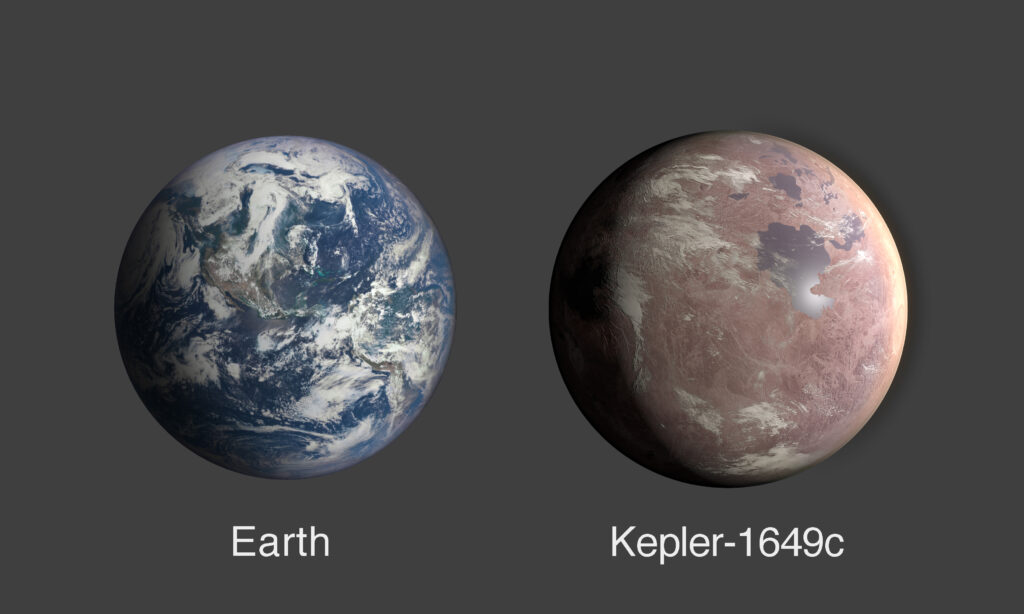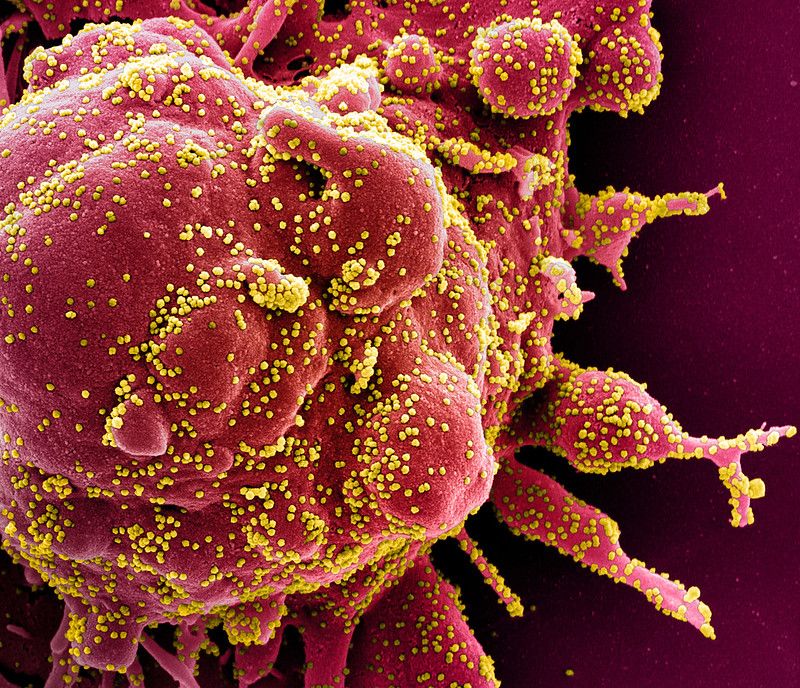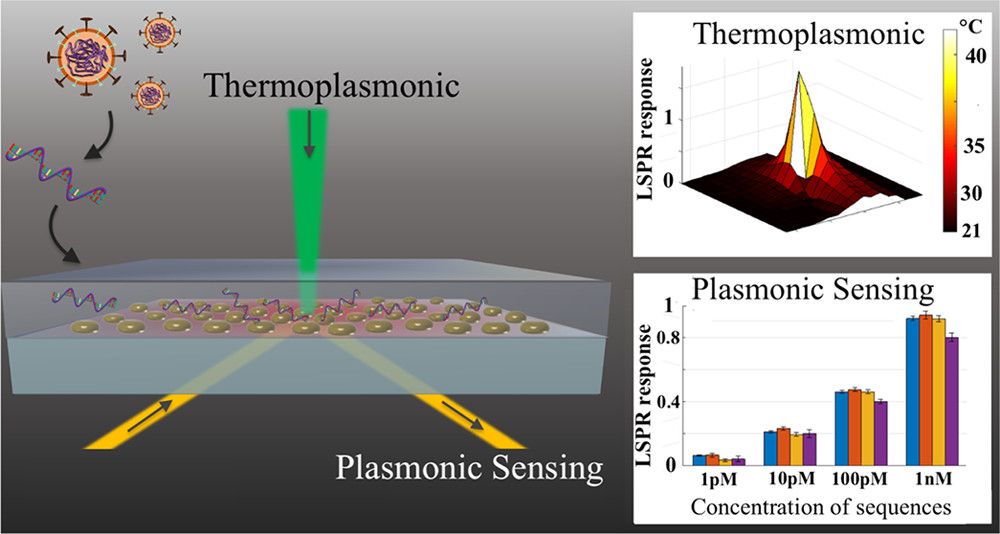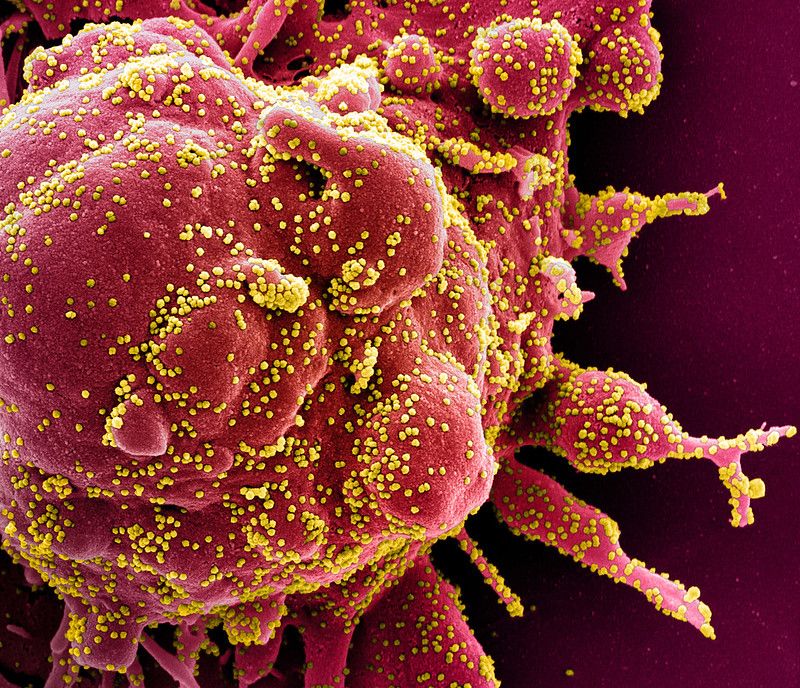Page 7592
Apr 16, 2020
EnergySails Aim to Harness Wind and Sun To Clean Up Cargo Ships
Posted by Omuterema Akhahenda in categories: energy, transportation
Ships with sails that capture the wind and convert the sun’s rays to electrical charge can cut fossil fuel use and emissions by more than 10 percent.
Apr 16, 2020
Coronavirus Picks on Some Cells More Than Others
Posted by Omuterema Akhahenda in category: biotech/medical
The virus may infect bronchial transient secretory cells more because of high levels of ACE2 and TMPRSS2.
Apr 16, 2020
Dual-Functional Plasmonic Photothermal Biosensors for Highly Accurate Severe Acute Respiratory Syndrome Coronavirus 2 Detection
Posted by Omuterema Akhahenda in categories: biotech/medical, computing, health
Test Coronavirus in minutes:
The ongoing outbreak of the novel coronavirus disease (COVID-19) has spread globally and poses a threat to public health in more than 200 countries. Reliable laboratory diagnosis of the disease has been one of the foremost priorities for promoting public health interventions. The routinely used reverse transcription polymerase chain reaction (RT-PCR) is currently the reference method for COVID-19 diagnosis. However, it also reported a number of false-positive or –negative cases, especially in the early stages of the novel virus outbreak. In this work, a dual-functional plasmonic biosensor combining the plasmonic photothermal (PPT) effect and localized surface plasmon resonance (LSPR) sensing transduction provides an alternative and promising solution for the clinical COVID-19 diagnosis. The two-dimensional gold nanoislands (AuNIs) functionalized with complementary DNA receptors can perform a sensitive detection of the selected sequences from severe acute respiratory syndrome coronavirus 2 (SARS-CoV-2) through nucleic acid hybridization. For better sensing performance, the thermoplasmonic heat is generated on the same AuNIs chip when illuminated at their plasmonic resonance frequency. The localized PPT heat is capable to elevate the in situ hybridization temperature and facilitate the accurate discrimination of two similar gene sequences. Our dual-functional LSPR biosensor exhibits a high sensitivity toward the selected SARS-CoV-2 sequences with a lower detection limit down to the concentration of 0.22 pM and allows precise detection of the specific target in a multigene mixture. This study gains insight into the thermoplasmonic enhancement and its applicability in the nucleic acid tests and viral disease diagnosis.
Article Views are the COUNTER-compliant sum of full text article downloads since November 2008 (both PDF and HTML) across all institutions and individuals. These metrics are regularly updated to reflect usage leading up to the last few days.
Apr 16, 2020
Earth-sized, habitable planet found hidden in early NASA Kepler data
Posted by Michael Lance in categories: astronomy, space

Credits: NASA/Ames Research Center/Daniel Rutter
A team of transatlantic scientists, using reanalyzed data from National Aeronautics and Space Administration’s Kepler space telescope, has discovered an Earth-sized exoplanet orbiting in its star’s habitable zone, the area around a star where a rocky planet could support liquid water.
Scientists discovered this planet, called Kepler-1649c, when looking through old observations from Kepler, which the agency retired in 2018. While previous searches with a computer algorithm misidentified it, researchers reviewing Kepler data took a second look at the signature and recognized it as a planet. Out of all the exoplanets found by Kepler, this distant world – located 300 light-years from Earth – is most similar to Earth in size and estimated temperature.

Credits: NASA/Ames Research Center/Daniel Rutter
This newly revealed world is only 1.06 times larger than our own planet. Also, the amount of starlight it receives from its host star is 75% of the amount of light Earth receives from our Sun – meaning the exoplanet’s temperature may be similar to our planet’s, as well. But unlike Earth, it orbits a red dwarf. Though none have been observed in this system, this type of star is known for stellar flare-ups that may make a planet’s environment challenging for any potential life.
“This intriguing, distant world gives us even greater hope that a second Earth lies among the stars, waiting to be found,” said Thomas Zurbuchen, associate administrator of NASA’s Science Mission Directorate in Washington. “The data gathered by missions like Kepler and our Transiting Exoplanet Survey Satellite (TESS) will continue to yield amazing discoveries as the science community refines its abilities to look for promising planets year after year.”
Continue reading “Earth-sized, habitable planet found hidden in early NASA Kepler data” »
Tags: astronomy, exoplanets, NASA, space
Apr 16, 2020
The Electron goes reusable.
Posted by Bill D’Zio in categories: disruptive technology, innovation, space

No, it’s not a high budget Mission Impossible action movie, but it could have been. Tom Cruise wasn’t piloting a helicopter that grabbed a rocket falling back to the Earth. Instead, a crew wearing black Rocket Lab t-shirts with the words “recovery team” written on the back took the skies in helicopters to grab a falling rocket. Since it wasn’t Tom Cruise, the video of the team grabbing a rocket midflight ranked higher on the awesome scale.
Daring capture of Booster
A few weeks ago, Rocket Lab took a major step forward to recover boosters. In a recent release to media, Rocket Lab shared videos successfully grabbing a parachute & test booster out of the sky using a helicopter. On the first try, the helicopter grabbed the first stage test article with a grappling hook.
There are intrinsic risks with helicopters. Recently SpaceX lost a test article when it became necessary to prematurely drop a Crew Dragon test article. However, Rocket Lab did better in the Electron parachute tests. The success marks another step closer for the company in recovering the boosters it uses to launch small payloads into low earth orbit.
Apr 15, 2020
Why Copper Is Good at Killing Viruses
Posted by Quinn Sena in category: biotech/medical
When researchers reported last month that the novel coronavirus causing the COVID-19 pandemic survives for days on glass and stainless steel but dies within hours after landing on copper, the only thing that surprised Bill Keevil was that the pathogen lasted so long on copper.
Apr 15, 2020
NIH study validates decontamination methods for re-use of N95 respirators
Posted by Quinn Sena in category: biotech/medical
Apr 15, 2020
Global Stock Losses Hit $6 Trillion As Virus Fear Spreads
Posted by Quinn Sena in category: biotech/medical
Global stocks have lost at least $6 trillion in market value since Jan. 20 when the coronavirus outbreak first started becoming a concern for investors. The decline accelerated this week as the spread of cases outside of China picked up pace, sparking a worldwide sell-off that led to six straight sessions of losses for stocks through Thursday. Infections in South Korea have skyrocketed to more than 2,000 from less than 100 a week ago, while new cases in Italy and Iran have also seen a sharp up-t.
Apr 15, 2020
Artificial lightning strikes encourage growth of shiitake mushrooms
Posted by Quinn Sena in category: climatology
See mushrooms are not of this earth o.o
Japanese researchers are closing in on understanding why electrical storms have a positive influence on the growth of some fungi. In a series of experiments, Koichi Takaki at Iwate University and colleagues showed that artificial lightning strikes do not have to directly strike shiitake mushroom cultivation beds to promote growth. Now they are developing technology to use electric stimulation in the production of the mushrooms, which are popular in many east Asian cuisines.
Bizarre as it may seem, atmospheric electricity has long been known to boost the growth of living things, including plants, insects and rats. In 1775, the priest and physicist Giovanni Battista Beccaria of the University of Turin reported, “it appears manifest that nature makes extensive use of atmospheric electricity for promoting vegetation”.
Continue reading “Artificial lightning strikes encourage growth of shiitake mushrooms” »
















